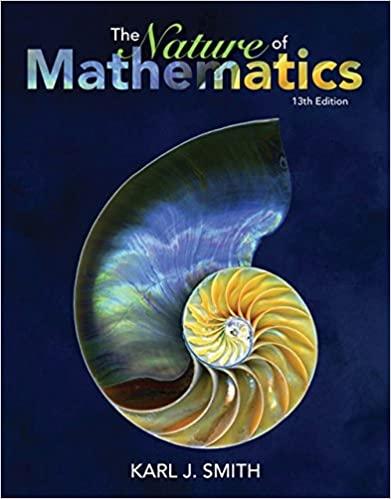Answered step by step
Verified Expert Solution
Question
1 Approved Answer
5. Two power plants produce greenhouse gas (GHG) emissions. Currently, plant 1 produces E1 = 50 tons of GHGs annually, while plant 2 produces E2

Step by Step Solution
There are 3 Steps involved in it
Step: 1

Get Instant Access with AI-Powered Solutions
See step-by-step solutions with expert insights and AI powered tools for academic success
Step: 2

Step: 3

Ace Your Homework with AI
Get the answers you need in no time with our AI-driven, step-by-step assistance
Get Started


